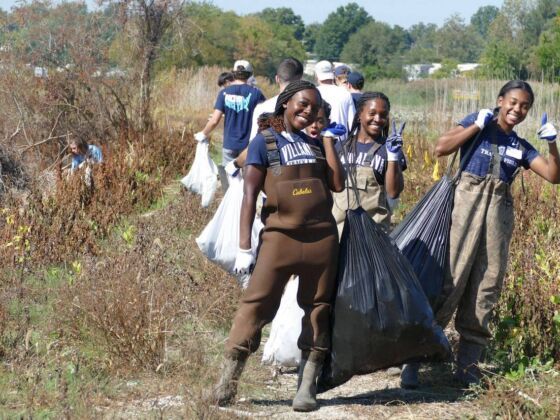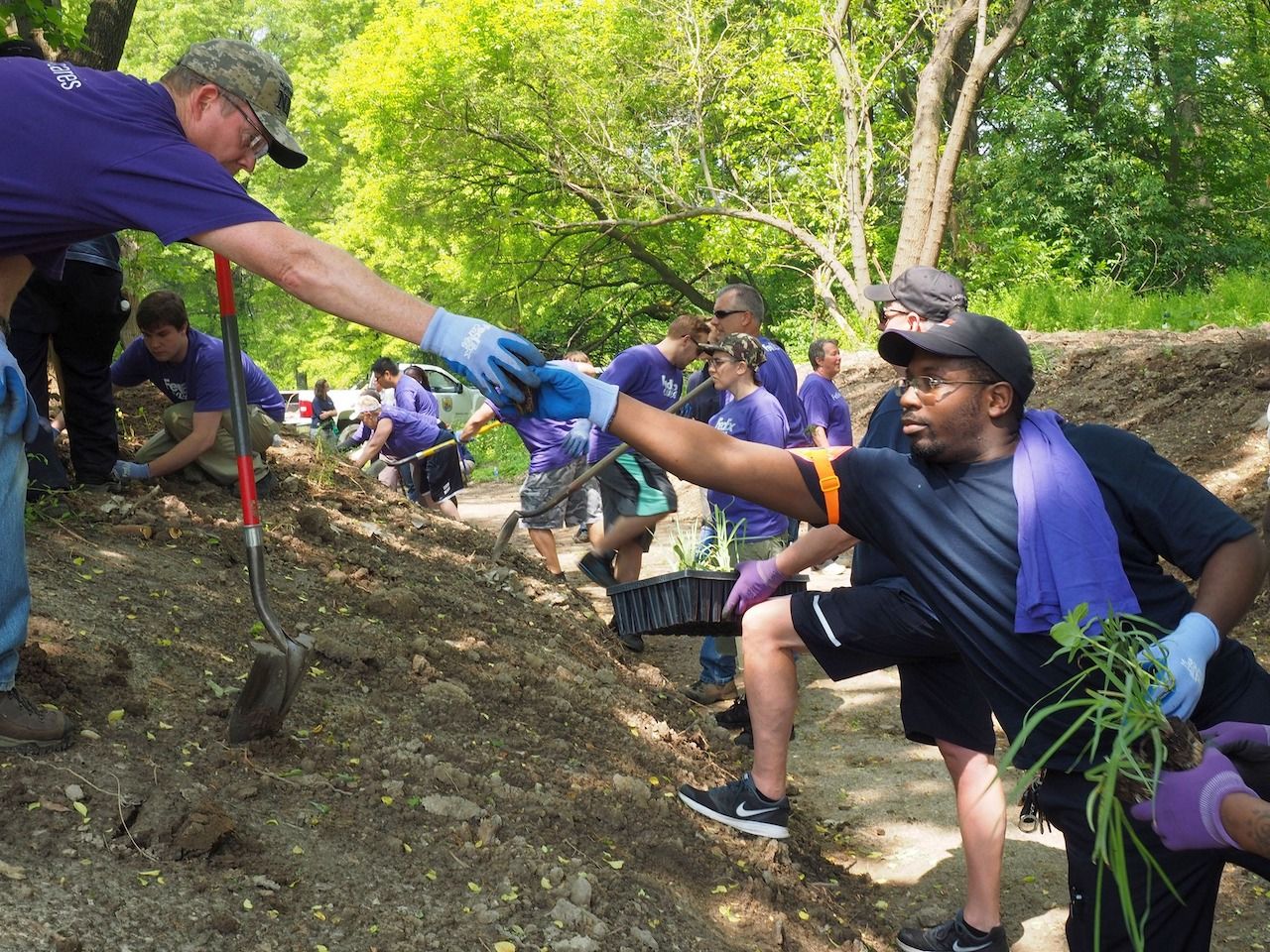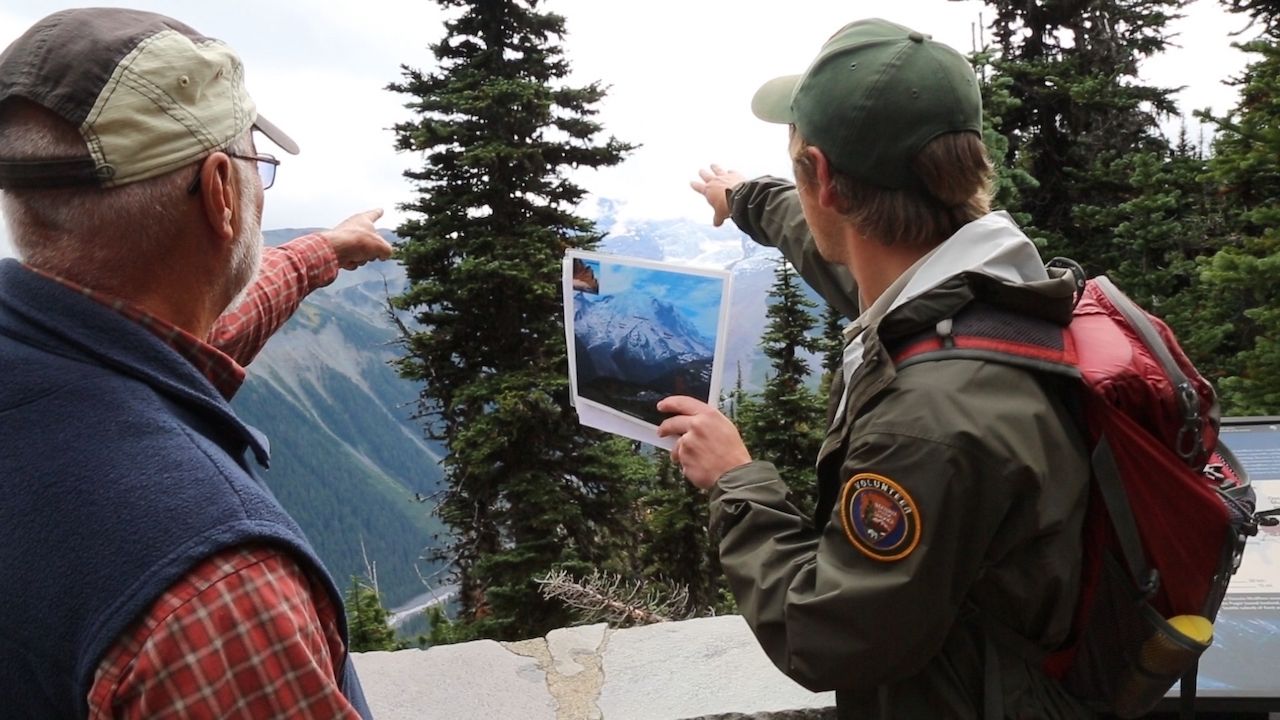A lot of us take our wild spaces for granted. When we need a break to recharge, most of us can take a walk or a hike in a public park nearby. For those of us near large bodies of water, we can hang out with friends by the beach, and when it comes time for a family vacation, a trip to a national or state park is a classic option.
But the reality is that our national public lands need our help. They are under attack from a government that prioritizes business interests over environmental preservation — as seen in the opening of Utah’s Bear Ears to mining companies. Even local governments rarely allocate enough funding to properly maintain state and city parks.
Luckily, you don’t have to sit idly by as these natural places fall apart. Even if you don’t have the money, here are some great ways you can volunteer to help restore the environment on national public lands.



